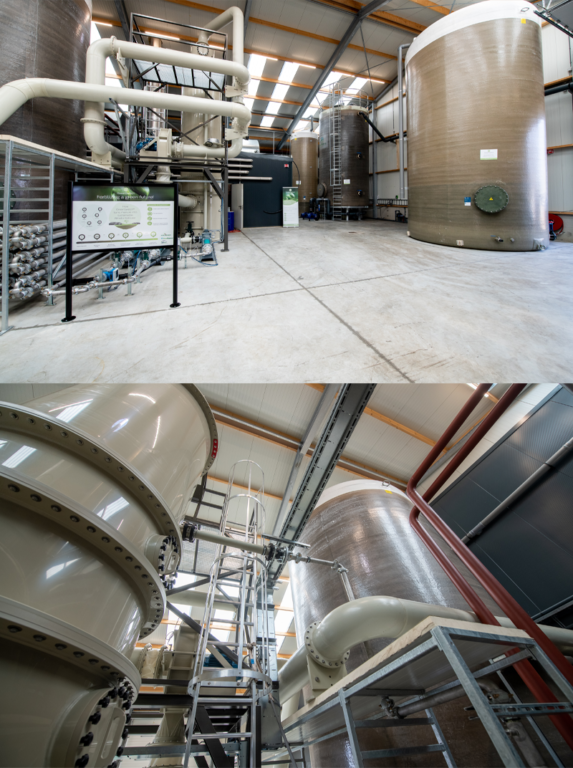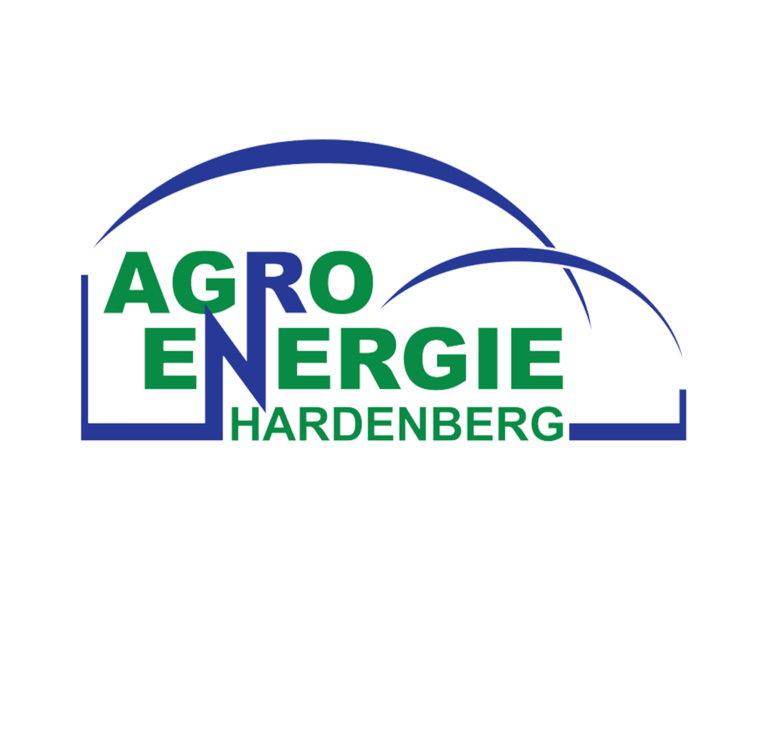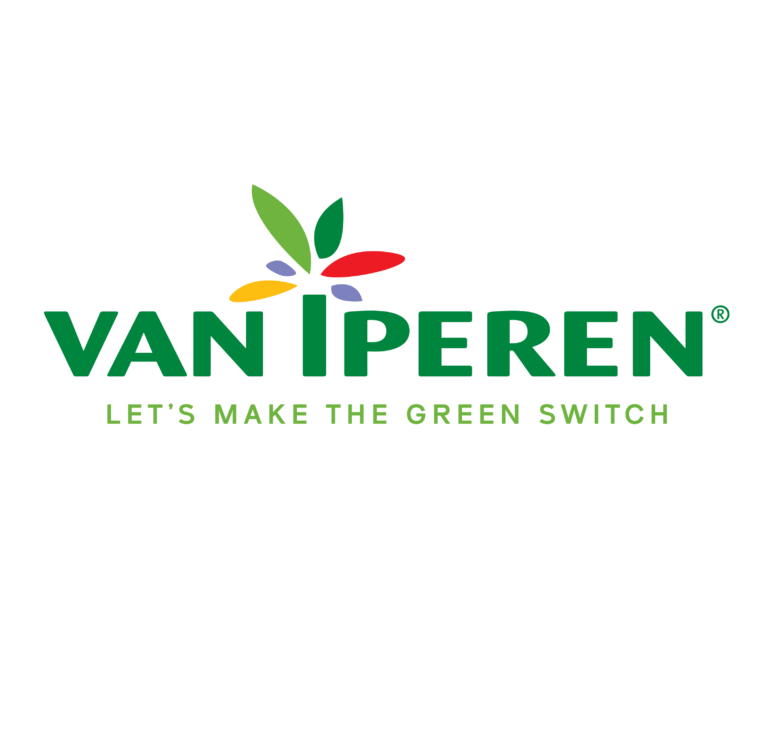The GreenSwitch® Nitrate factory is the first one in the world producing Nitrate fertilizer from organic sources. Supported by Pure Green Agriculture Technology, the facility is at the Biogas installation AgroEnergie Hardenberg. The installation counts with the most innovative production process that transforms manure into liquid Nitrate fertilizer.
The GreenSwitch® Nitrate factory
The first GreenSwitch® Nitrate factory is located in The Netherlands. It's part of the biogas installation AgroEnergie Hardenberg and counts with the pioneering technology of Pure Green Agriculture. Thanks to its patented process, the GreenSwitch® factory can produce liquid Nitrate fertilizers from an organic source while minimizing its environmental impact with a reduced Carbon footprint.
This facility opens up new streams through innovation and collaboration between sectors and industries as a result of strong R&D partnerships. The installation is fully equipped with the edgiest method to transform manure into a full range of specialty fertilizers. Our systems are flexible and highly customized to meet the requirements of other biogas facilities. These properties facilitate the implementation of the GreenSwitch® process anywhere in the world.
This project was made possible by the Dutch Ministry of Economic Affairs and Climate Policy.
A close-up to the facility

The GreenSwitch® Nitrate production process starts by using the liquid fraction of the digestate as a raw material. The disgestate is a by-product generated at the end of the production process of gas and electricity with a high content of Ammonium.
The first step is to increase the temperature of the Ammonium (NH4) and transform it into Ammoniac (NH3). We call this process stripping of digestate.
Next, we capture the volatile Ammoniac (NH3) and turn it into an Ammonium (NH4) solution thanks to the ART technology. Then the Ammonium solution is combined with a Potassium solution in the bioreactor, the AIR technology. The bioreactor contains nitrifying bacteria that turn Ammonium (NH4) into Nitrate (NO3). Finally, we obtain a low-concentrated solution of Potassium Nitrate, which will be purified and concentrated till getting a crystal-clear solution.
This is the final step of the production process. The end product is a 15% solution of sustainable Potassium Nitrate, called GreenSwitch® Original.
The partners of the GreenSwitch® project

Pure Green Agriculture is our R&D partner. GreenSwitch® Nitrate is based on Pure Green Agriculture technology. As an equipment supplier, Pure Green Agriculture holds the patent for the ART (Ammonium Recovery Technology) and AIR (Ammonium Inversion Reactor) processes. Both technologies make the GreenSwitch® Nitrate production process circular and with a reduced Carbon footprint.
ART and AIR close the Nitrogen cycle by capturing and processing Nitrogen from organic wastes into high-value sustainable & organic Nitrogen fertilizers. The end solutions can be reintroduced in the agricultural production process as organic farming practices.

AgroEnergie Hardenberg is a biogas facility, located in The Netherlands, in charge of production. Its installations offer a co-digester combined with heat and power (CHP), in which biomass is processed into biogas, electricity (used for the GreenSwitch® Nitrate production process), and liquid CO2. This facility counts with a capacity infeed of 200.000 mT: 120.000 manure, and 80.000 co-substrates.
The AgroEnergy Hardenberg factory produces biogas at a rate of 1.000 m3 per hour and green electricity at a rate of 2.000 kW per hour. Besides the energy allocated to their own consumption, the rest is put into the grid. In total, this plant supports around 3.000 households with gas and electricity.

At Van Iperen International, we take care of the industrialization and commercialization of GreenSwitch® Nitrate products worldwide.
Currently, we produce Potassium Nitrate fertilizers. In the future, we aim to produce a full range of liquid Nitrate fertilizers for fertigation not only in open fields but also in high-tech greenhouses.